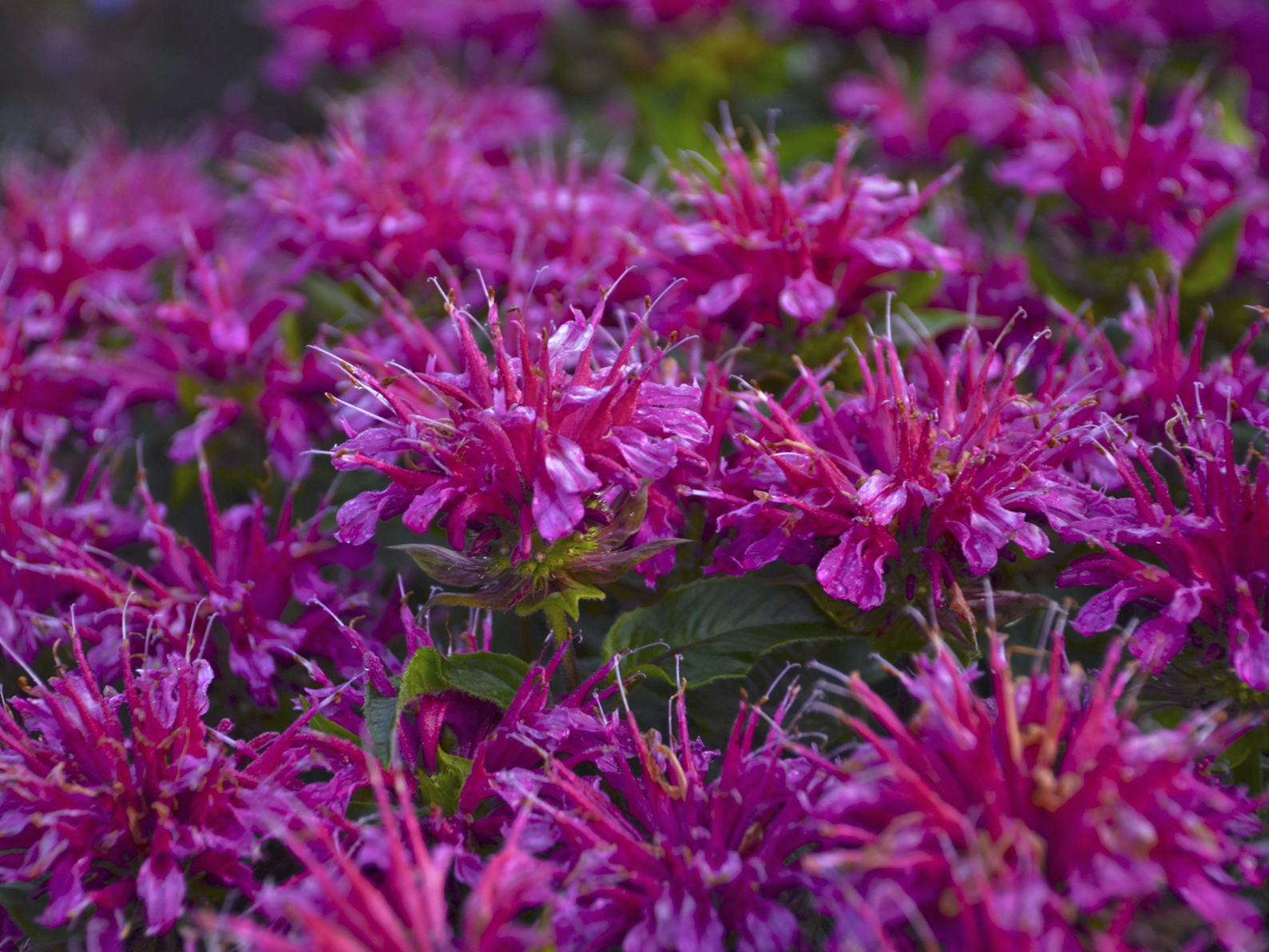

BEE BALM PLANT WINTER CARE HOW TO
Guide: How to Care for Your New Plant(s) Plant Addicts Warranty - 1 Year (Extra Purchase Required) Plants are very resilient and will rebound quickly when cared for correctly.įor information on how to care for you new plant please check out our guide. Please note plant(s) with damaged branches or wilted leaves will not qualify for this guarantee. We may ask for pictures but will try to make it as easy as possible for you. If the plant is dead, has dried out roots or the incorrect item was shipped just notify Plant Addicts within 3 days upon delivery. Plant Addicts guarantees your plant(s) will arrive happy and healthy, but the plant(s) are being shipped through the mail and accidents happen. Plant Addict Guarantee (Included On All Plant Orders) This variety has an extended bloom time, more than four weeks!

This showy plant is a bright addition to informal borders, prairies and meadows.

Space Bee Balm plants 12-18 inches apart so they have room to spread and naturalize. Bee Balm is a fast and vigorous grower and should be cut to the ground after flowering is complete in order to promote healthy new growth. Deadhead spent blooms to encourage more blooming. To keep growth vigorous, divide the plants in the fall every few years. Planting your Bee Balm in part shade is recommended if you live in a very hot, dry climate.
BEE BALM PLANT WINTER CARE FULL
This plant should receive full sun to partial shade. It performs best and grows more vigorously when planted in moderately fertile, humus-rich soil blends. The soil should be well-draining but moist. Fertilize once annually in the fall or spring with a topdressing mixture of compost and a balanced fertilizer.īee Balm adapts to a wide range of soil types including average, loamy, and clay-based soil. Water well until established, and then water your Bee Balm if rainfall is less than one inch per week in your area. Make sure to leave space between plants as they will need room to spread out and naturalize. When planting, the crown of the plant should be resting just at or above the soil surface after being watered in. This variety is known for its unique color and good mildew resistance. Bee Balm’s growth habit is upright and spreading. Extremely pollinator friendly, Bee Balm attracts butterflies, bees, and hummingbirds. Its mature height is 30-36” with a spread of 18-24”. Native to North America, from the far North all the way to the South in Georgia, Blue Stocking Bee Balm grows in hardiness zones 3-8. It is deer resistant, rabbit resistant, edible, and more mildew tolerant than many bee balms. This bee balm is good for planting in groups and adds texture to the landscape. The blooms are perfect for cut-flower arrangements, and stand out among informal borders and containers.

Blue Stocking is a mid-to-late summer bloomer the buds open in early July, attracting butterflies and hummingbirds. The blooms come in shades of blue, and the large velvety leaves grow fast. It grows in an upright habit with rigid, square stems. The main features of the plant are the fragrant blooms and attractive foliage. Monarda ‘Blue Stocking’ ('Blaustrumpf') is commonly referred to as bee balm and is a vibrant, spreading perennial.


 0 kommentar(er)
0 kommentar(er)
